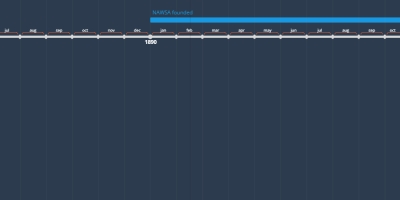NAWSA 1916 (jan 1, 1916 – dec 31, 1916)
Description:
The leaders spent the months leading up to the presidential election of 1916 trying to convince either party to support a federal Constitutional Amendment for suffrage, but neither agreed. The NAWSA had made some progress from its formation to 1916. They had gotten some western states to grant women the vote, and they had relocated to large cities such as New York City, Chicago, Seattle, and San Francisco, making them directly involved with immigrants, labor conditions, and politics. They had also increased their numbers to build the largest suffrage organization in existence with over two million members. But for all the progress they’d made, groups like the liquor lobby, who believed that women would vote to ban liquor; segregationists and racists, who didn’t want black women voting; and some-pro war groups, who thought that women would prevent the country from participating in WWI still opposed suffrage. Some men thought that if women got to vote, they “would be disruptive to home life, as women would take time off from their domestic duties to vote and perhaps undermine male authority by arguing about politics with their husbands and sons.” Despite opposition, the NAWSA had “a board of wealthy women [who] devoted themselves full time to the cause, creating a well-financed lobbying, advertising, and political organization… they deployed the latest technologies to persuade Americans of women’s right to vote and maintained transnational and intercontinental connections. They transformed NAWSA into a modern, urban, cosmopolitan lobby for women’s right to vote.” By maintaining the aforementioned transnational and intercontinental, the women gained support across “ethnic and class divides” and relocating to New York City as most of the population urbanized. President Carrie Chapman Catt called for an emergency meeting of the NAWSA’s Executive Council. In her speech, she promised that she had a strategy that would win them the federal suffrage Amendment: the NAWSA would “pursue state campaigns as the means to acquire power in Washington to change the US Constitution. Catt boldly proposed a fifty-state-plus-federal strategy, calibrating campaigns in each state to local conditions.” Basically, they would try to get enough states to allow women to vote until there were so many states on their side, the federal government would have to amend the Constitution. And they would tailor their specific campaigns to appeal to population and political climate of each state. It became known as the “The Winning Plan”. The NAWSA targeted both political parties and put up a “non-partisan,... centrist” image.Added to timeline:
Date:
jan 1, 1916
dec 31, 1916
~ 12 months
